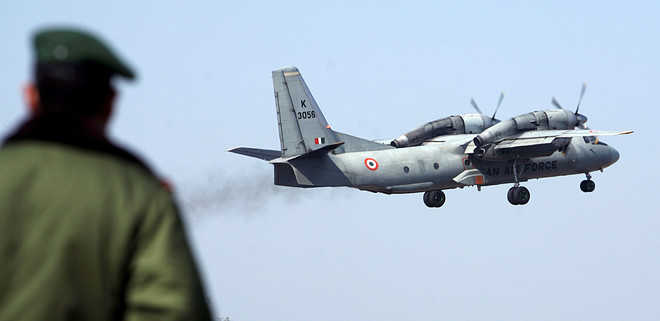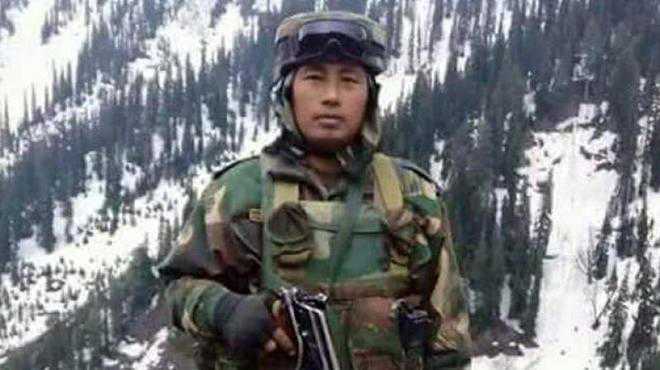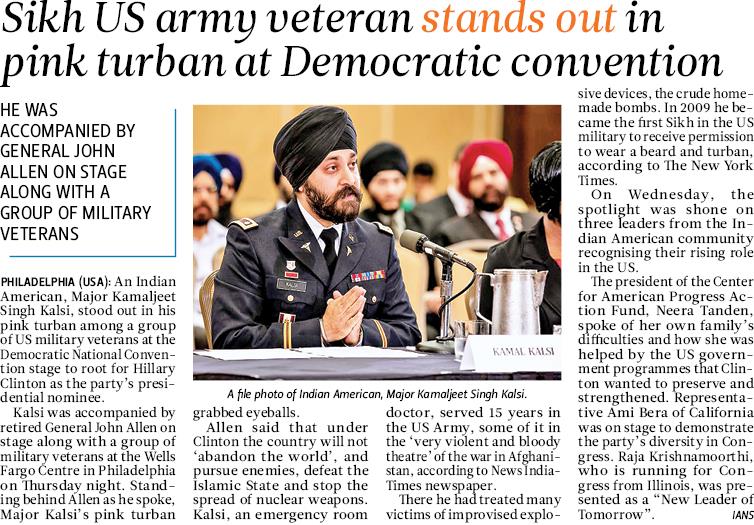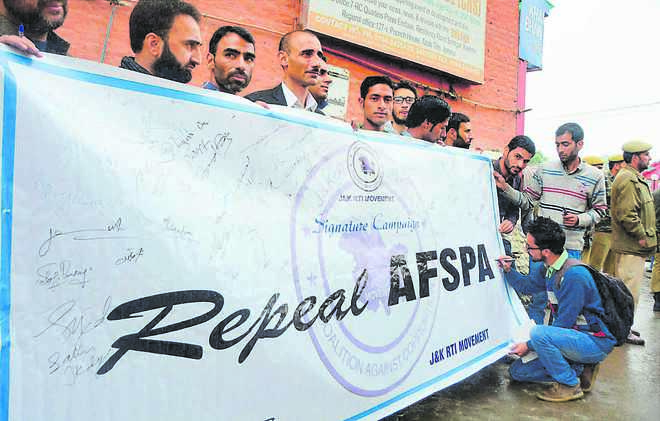NEW DELHI/ISLAMABAD: Pakistan Prime Minister Nawaz Sharif on Saturday appointed 22 parliamentarians as special envoys “for fighting the Kashmir cause in different parts of the world”.
“I am standing behind these special envoys to ensure their toil for highlighting the Kashmir cause resonates across the world so that I can shake the collective conscience of the international community during my address at the UN this September,” Sharif said in a statement.
The move marks an escalation in Pakistan’s ongoing row with India over the unrest in Kashmir following the killing of militant commander Burhan Wani.
Sharif said Pakistan will remind the United Nations of its long-held promise of “right selfdetermination for the Kashmiri people” and would make it clear to India that it was them that had approached the inter-governmental organisation several decades ago on Kashmir dispute, but are not fulfilling its promise.
“Generation after generation of Kashmiris have seen only broken pledges and ruthless oppression,” the prime minister added in his statement. Sharif added, “The Kashmir dispute is the most persistent failure of the United Nations; the UN must establish its relevance. We cannot relent from the Kashmir cause by any stretch of imagination.”
The parliamentarians who have been nominated to lobby for the Kashmir cause in various countries include Ejazul Haq, the son of former military strongman Ziaul Haq. The prime minister also nominated Maulana Fazlur Rehman, who heads his faction of the Jamat-ulem Islam (JUI) party, a right wing party.
His remarks came on the 50th day of violent protests in Kashmir. India has accused Pakistan of inciting violence in Kashmir and supporting cross-border terrorism.
























































































































